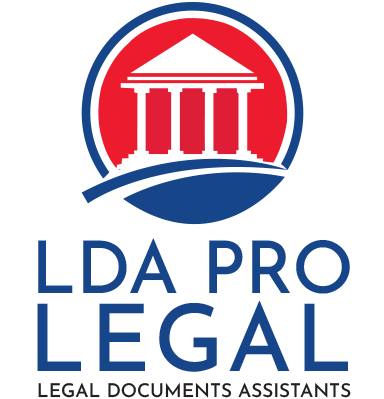
The eviction process in California can be complex, especially for those unfamiliar with state laws and legal procedures. Whether you’re a landlord dealing with a non-paying tenant or a renter facing displacement, it's essential to understand your rights, responsibilities, and the proper steps to take. California has specific rules regarding eviction paperwork, notices, and timelines, and failing to follow them precisely can delay the process or lead to costly legal consequences.
In this blog, we’ll walk through the eviction process step-by-step, explain how to properly serve an eviction notice, and discuss where to find eviction help in Sacramento and beyond.
Step 1: Legal Grounds for Eviction
Before beginning the eviction process, a landlord must have a legal reason to evict a tenant. Common grounds for eviction in California include:
-
Non-payment of rent
-
Lease violations (e.g., unauthorized pets or guests)
-
Illegal activities on the premises
-
Expiration of a lease with no renewal agreement
California also has strict tenant protection laws, especially in rent-controlled areas. It's important to check whether local ordinances impact your case before proceeding.
Step 2: Serving the Eviction Notice
The eviction process officially begins with a written eviction notice. Depending on the situation, landlords must choose the appropriate notice type:
-
3-Day Notice to Pay Rent or Quit (for non-payment of rent)
-
3-Day Notice to Cure or Quit (for lease violations)
-
30-Day or 60-Day Notice to Vacate (for no-fault evictions)
This eviction notice must be properly delivered to the tenant—either in person, by mail, or posted on the property—according to California Civil Code. Serving the wrong notice or delivering it incorrectly may invalidate the eviction.
Step 3: Filing Eviction Paperwork in California Courts
If the tenant does not comply with the notice within the required time, the landlord can move forward by filing eviction paperwork in California. This step involves submitting an Unlawful Detainer lawsuit at the local court. The tenant will then be formally served with a court summons and complaint.
At this point, the tenant has five days to respond. If they contest the eviction, a court hearing will be scheduled. Otherwise, the landlord can request a default judgment to regain possession of the property.
Step 4: Court Hearing and Judgment
If a court hearing takes place, both parties should bring documentation—such as the lease agreement, rent receipts, communication records, and the eviction notice—to support their case.
If the court rules in favor of the landlord, they will issue a judgment for possession. If back rent is owed, the court may also order the tenant to pay. After the ruling, a writ of possession is issued, giving the sheriff authority to remove the tenant from the property.
Step 5: Sheriff Lockout and Regaining Possession
Once the sheriff posts the notice to vacate, the tenant typically has five days to leave. If they remain beyond that time, the sheriff will physically remove them and return possession of the property to the landlord.
Local Support: Eviction Help in Sacramento
Navigating the eviction process in California can be overwhelming, especially for tenants facing displacement or landlords unfamiliar with legal documentation. Fortunately, there are resources for eviction help in Sacramento, including legal aid clinics, paralegal services, and housing counselors.
Whether you're preparing eviction paperwork in California or responding to a court summons, it’s crucial to seek guidance to avoid legal mistakes. Residents in Eviction Sacramento situations should always verify their rights under both state and local ordinances.
Final Thoughts
The eviction process in California involves several steps, from serving the correct notice to filing the proper court documents. Both landlords and tenants must understand the timeline and their legal options to navigate the process effectively. With the right guidance, it’s possible to resolve housing disputes lawfully and efficiently.
If you're looking for eviction help in Sacramento, consult with a legal document assistant or housing advocate today to ensure your case is handled correctly from start to finish.


